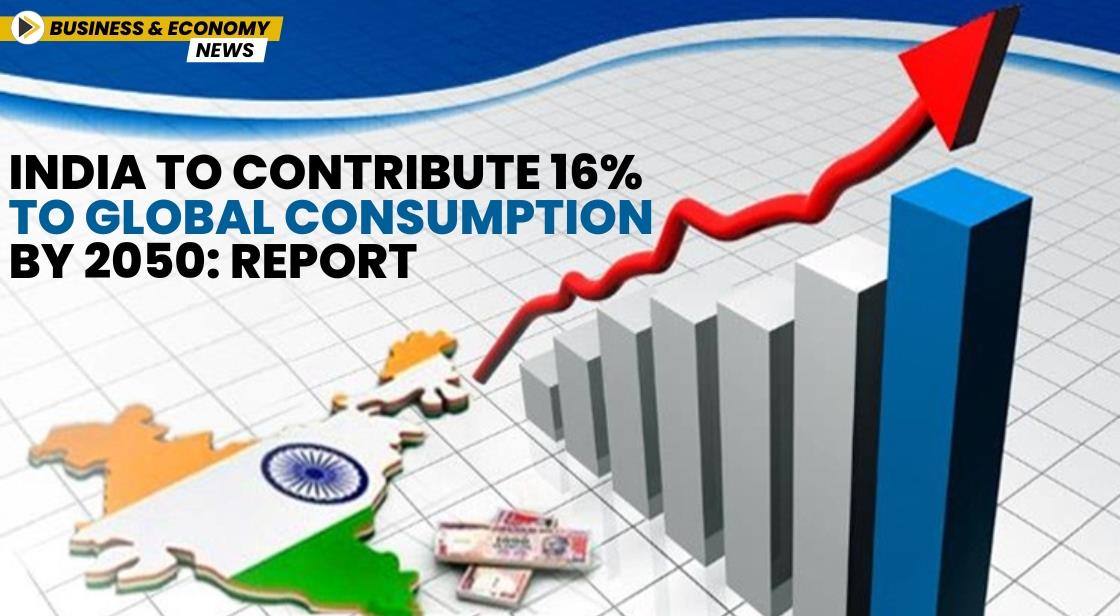India to Contribute 16% to Global Consumption by 2050: Report

News Synopsis
According to the McKinsey Global Institute report “Dependency and Depopulation: Confronting the Consequences of New Demographic Reality”, India’s share of global consumption is expected to rise from 9% in 2023 to 16% by 2050.
This projection positions India just behind North America, which is forecasted to hold a 17% share. The estimates are calculated using purchasing power parity, which accounts for varying price levels across nations.
Factors Driving India’s Growing Consumption Share
India’s ascent as a global consumption powerhouse is largely attributed to:
-
Young and Growing Population: India continues to have one of the youngest populations globally.
-
Rising Incomes: An expanding middle class and increasing disposable incomes contribute significantly to the rising consumption share.
These factors contrast sharply with advanced economies facing ageing populations due to declining fertility rates.
Global Demographic Shift: The Role of First-Wave and Later-Wave Regions
The report outlines a global demographic transformation driven by fertility trends:
-
First-Wave Regions: Advanced economies with earlier fertility declines, like North America, are projected to house only 26% of the global population by 2050, down from 42% in 1997.
-
Later-Wave Regions: Countries like India, Latin America, West Asia, and Africa will see higher population concentrations, supported by a more recent decline in fertility rates.
This shift underscores the increasing economic importance of emerging markets, with India playing a pivotal role.
India’s Labour Force: A Global Growth Driver
By 2050, India’s labour force will account for two-thirds of global working hours. This demographic advantage positions the country as a crucial player in the global economy. Emerging markets, particularly later-wave regions, are projected to contribute more than half of global consumption over the next 25 years, fueled by younger populations and expanding economies.
Population Dynamics: India’s Declining Share
While India’s share of the global population will drop from 23% in 2023 to 17% by 2050, its economic influence will grow. The demographic dividend—a rise in GDP per capita due to a growing working-age population—added an average of 0.7% to GDP per capita growth between 1997 and 2023. This trend is expected to continue, driving economic growth.
Unlocking Potential Through Female Workforce Participation
One of the key insights from the report is the transformative potential of increased female workforce participation in India.
-
Impact on GDP Growth: A 10 percentage point rise in women’s labour force participation could increase GDP per capita by 4-5%.
-
Economic Empowerment: Encouraging more women to join the workforce would not only bolster the economy but also address gender disparities in employment.
Conclusion: India’s Role in Shaping the Future Economy
India’s growing global consumption share, combined with its young workforce and rising incomes, places it at the center of future economic trends. As the world witnesses a demographic shift, India’s contributions to the global economy will likely reshape international markets and influence policy decisions.
You May Like









